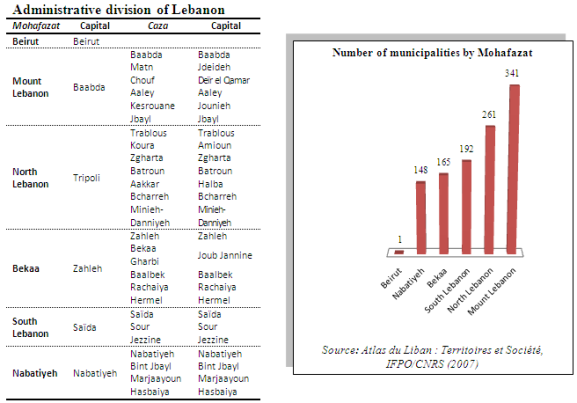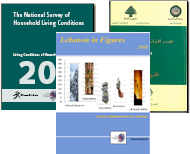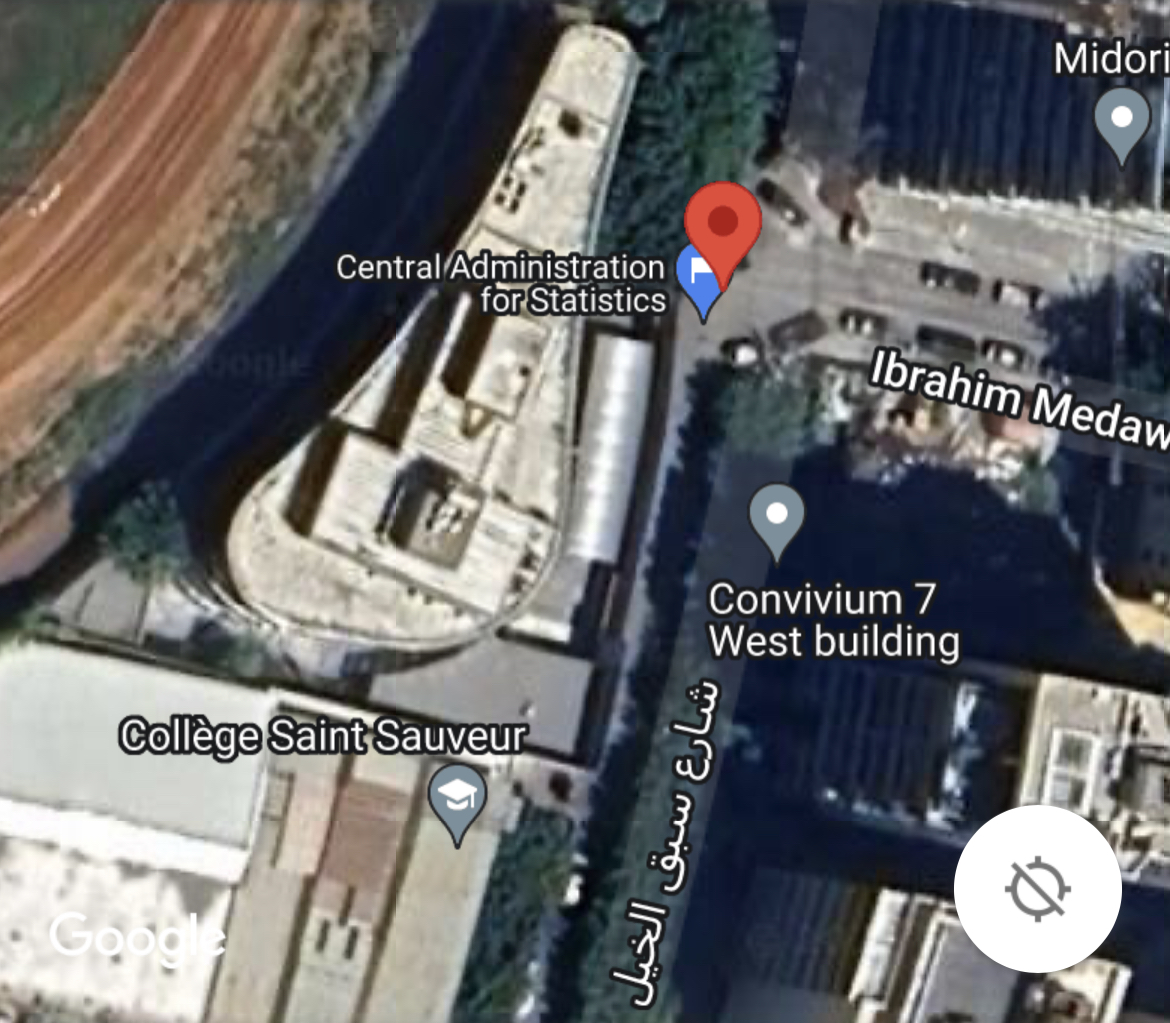About Lebanon
THE REPUBLIC OF LEBANON
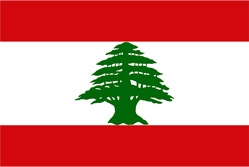 |
Capital: Beirut Independence day: 22 November 1943 State symbol: The Cedar Official Language: Arabic Other Languages: French, English and Armenian Currency: Lebanese Pound (LBP) |
|
General data
Area: 10,452 sq. Km. Location: Eastern shores of the Mediterranean Sea, between longitudes 33o 03’ 38’’ and 34o 04’ 35’’ North and latitudes 35o 06’ 22’’ and 36o 37’ 25’’ East. Form: rectangular with an average length of 217 km from North to South and a width of 80 km and 48 km at in the North and South, respectively. Borders: Syria to the North and East, Palestine to the South and Mediterranean Sea to the West. Territorial borders: 454 Km. Height variation: 400–3,088 m. Residents in 2007: 3,759,137 of whom 50.6% are females. |
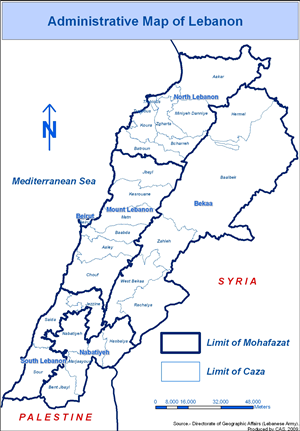 |
Located on the eastern coast of the Mediterranean, Lebanon is the second smallest country in the Middle East and in the Arab World. Its total surface area is around 10.452 km2.
Due to its small size, population density and limited natural resources (water, soil and vegetation), Lebanon turns to the rest of the world to import resources and goods it lacks and to export its goods and services.
The special geographic position in the region, at the crossroads of several corridors from the East and the West, grants Lebanon several important roles, such as:
- Role of mediator and transit to and from Arab countries.
- Coastal role contributing in creatiating numerous ports and in developing trade activities.
- As the gate to the East, Lebanon plays a regional role leading to a policy of openness which transforms the country into a commercial, banking and cultural hub.
Being at the heart of the ancient world and enjoying a moderate weather and beautiful natural landscapes, Lebanon became a touristic and summer destination.
Administrative division
Lebanon has two main levels:
- The Mohafazat (district) in the capital (or chief place) of which all public services are present under the authority of the Mohafez.
- The caza (sub-district), where it is possible to have several administrations under the authority of the Caïmacam.
The administrative division being in a continuous transformation process, the Law 522/2003 set the ground to create two new Mohafazats, namely:
- BAALBEK-HERMEL (capital: Baalbek) with two cazas (Baalbek and Hermel);
- AAKKAR (capital: Halba) with the caza of Aakkar.
Nevertheless, various public administrations (including CAS) still adopt the six Mohafazats division.
On the administrative level, Mohafazats and cazas are followed by municipalities or local governments, which may sometimes correspond to Lebanese villages. Lebanon has 1108 municipalities and around 1,550 villages.
ankara escort
çankaya escort
ankara escort
çankaya escort
ankara rus escort
çankaya escort
istanbul rus escort
eryaman escort
ankara escort
kızılay escort
istanbul escort
ankara escort
istanbul rus Escort
atasehir Escort
beylikduzu Escort
